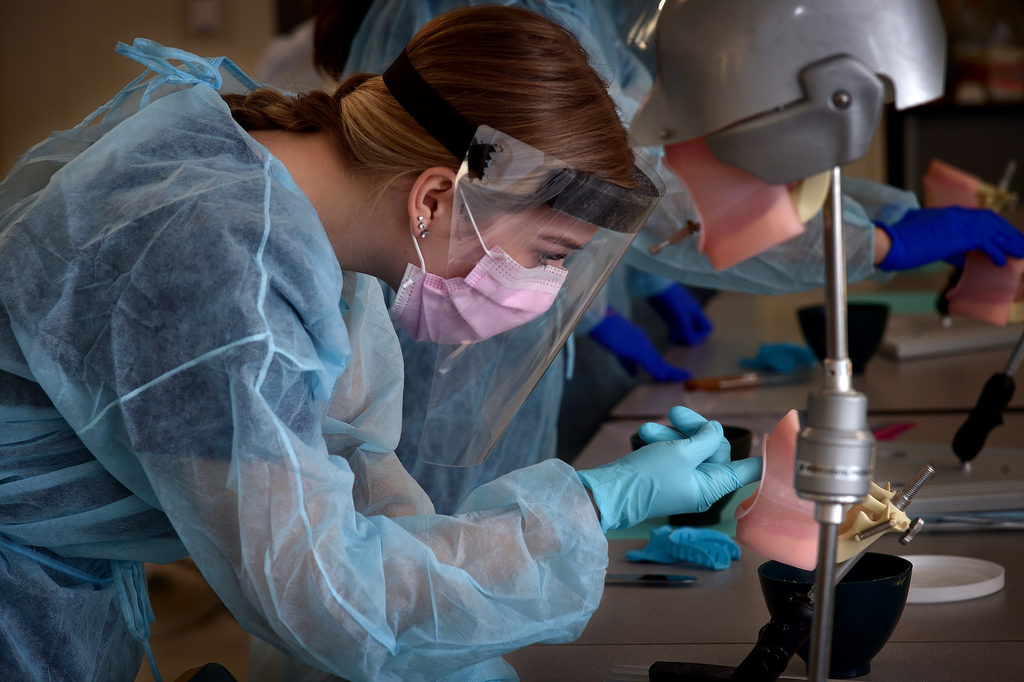By Lou Ponsi
The College and Career Advantage (CCA) program offers career-pathway courses aimed at preparing students in the Capistrano and Laguna Beach unified school districts to achieve success in college, careers, and life.
CCA offers hundreds of classes in sectors ranging from engineering, aviation and robotics to design graphics and broadcast journalism.
So when the COVID-19 pandemic disrupted virtually all areas of life, CCA had to adapt in order to continue its mission. The program, which is essentially a school district within a school district, didn’t just adapt. CCA found a way to thrive.

Photo by Steven Georges/CUSD Insider
At the beginning of the pandemic the CCA Career Technical Education (CTE) classes were offered only online.
That’s not a simple undertaking, considering most CTE students use a variety of tools and equipment and are accustomed to hands-on learning in the presence of an instructor.
“Even from the beginning when we were 100 percent online, we found very creative ways to continue to be able to offer those hands on projects,” CTE Executive Director Pati Romo said. “Our teachers have been masters of prioritizing skills and determining what students absolutely have to know to do this job, so that has helped us quite a bit during this year.”
Students drove to schools to pick up the kits they needed to do hands-on projects at home, Romo said.
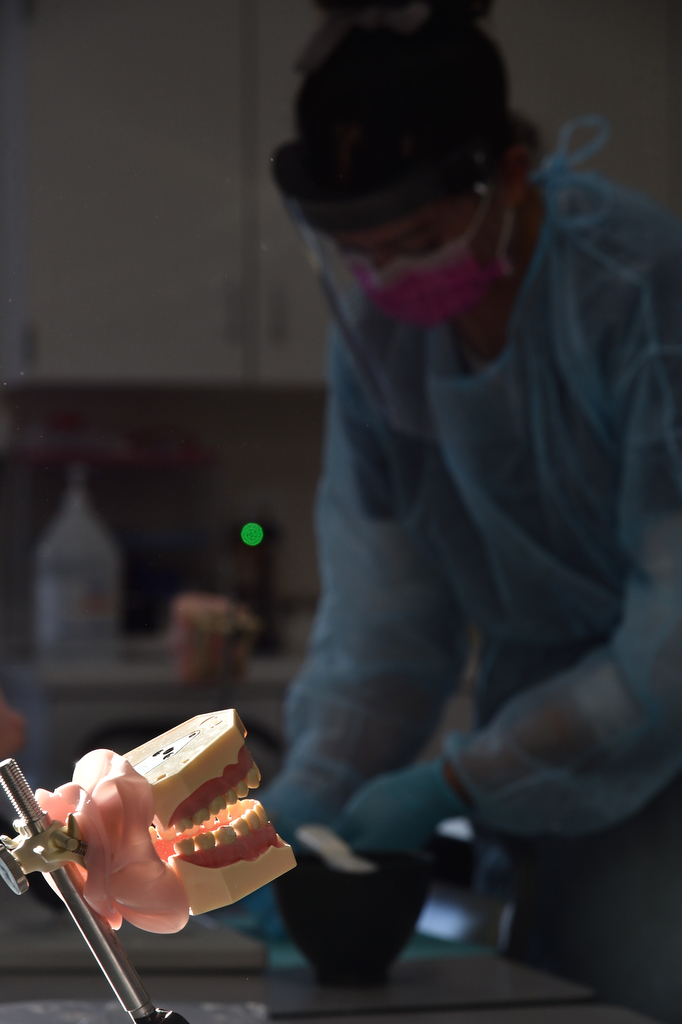
Photo by Steven Georges/CUSD Insider
For the 3D printing classes, for example, 3D printers were sent to students’ homes so they could continue to design and print.
In fact, the 3D printing students have been able to make a difference at a grass roots level to keep health care workers safe.
The students printed more than 1,000 plastic shields for front-line health care workers and distributed them with the help of Mission Hospital and other hospitals.
“We found very innovative ways for students to do competency based hands-on projects during (classes being) 100 percent online,” Romo said.
Eventually, CCA employed a hybrid model, where individual classes were held in person and online at the same time and students rotated between virtual and in-person learning.
“Teachers are able to deliver that lecture time during their online classes and then when we are able to bring students in for in-person, they are actually applying that information that they learned in doing projects,” she said.
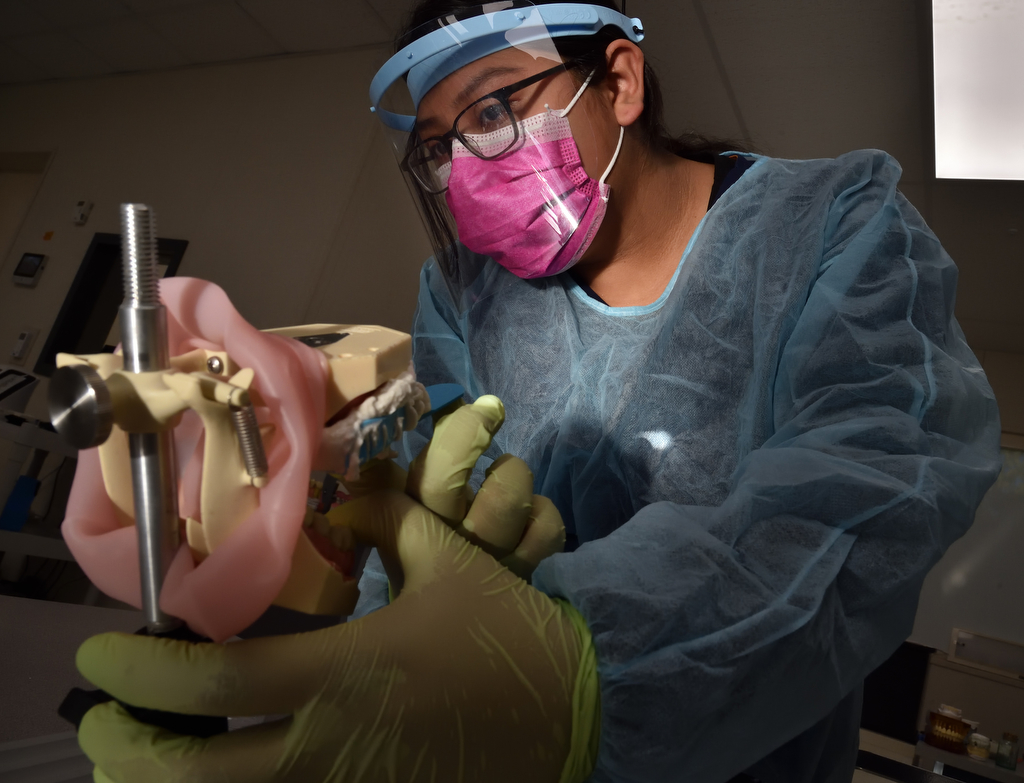
Photo by Steven Georges/CUSD Insider
Transitioning back to the classroom was easy for students in surgical tech and dental assistant classes because they were already practicing scrubbing down and wearing masks, gloves and gowns. Only the safe-distancing element had to be added.
Students in the dental assisting class, for example, usually practice skills on each other, but because of COVID-19, students now practice on typodonts, which are replica models of teeth and a mouth.
“They are getting all the skills they need as well as being able to be here in class and working with the instruments and all the other things that we do,” dental assistant instructor Adrienne Gutierrez said. “The fact that they have stuck through it during these really difficult times is amazing. They do everything I ask of them without question. I couldn’t ask for a better class right now.”
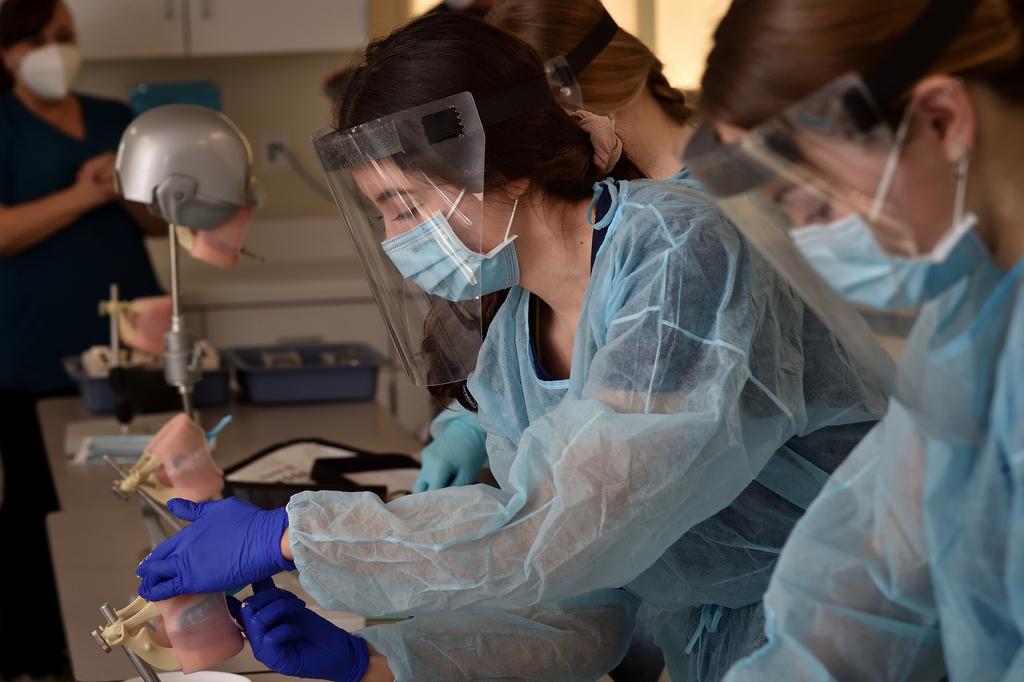
Photo by Steven Georges/CUSD Insider
Dental assistant student Esthefanie Torres said being able to continue learning in the classroom has been hugely important.
“We get to have the experience of what it would be like to be in the office, even wearing our PPE,” Torres said. “It’s a good thing … and it benefits us in the future.”
Without the in-person element, Torres said she may have dropped the class.
Close to 12,000 high school students and 4,000 middle school students in CUSD are enrolled in CCA classes.
CCA high school students can go straight to work after completing their courses, or earn up to 15 units which can be applied to college. And CCA continually changes its curriculum to meet the current needs of the workforce.
“We are constantly adding classes and working with our regional partners to see where the need is,” said Nicole Berkman, K-12 pathway coordinator for the South Orange County Region of CCA. “What we offer this year might be really different from what we offer next year or even years down the road. I think that is really the beauty of our program … that we are bending to what our need is not only for our students but also our future workforce.”
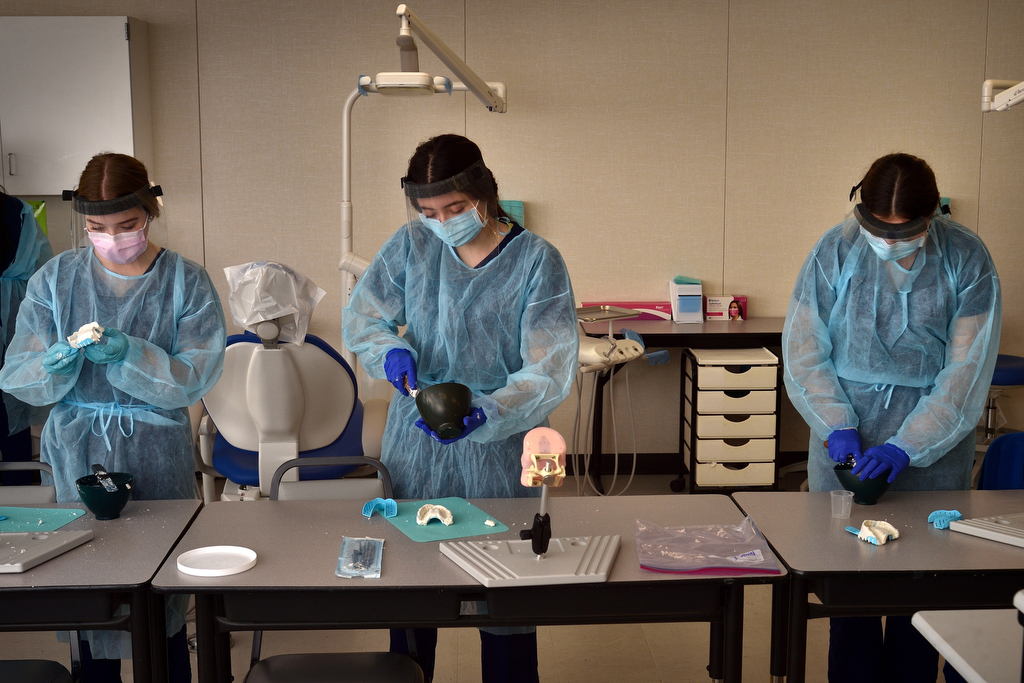
Photo by Steven Georges/CUSD Insider
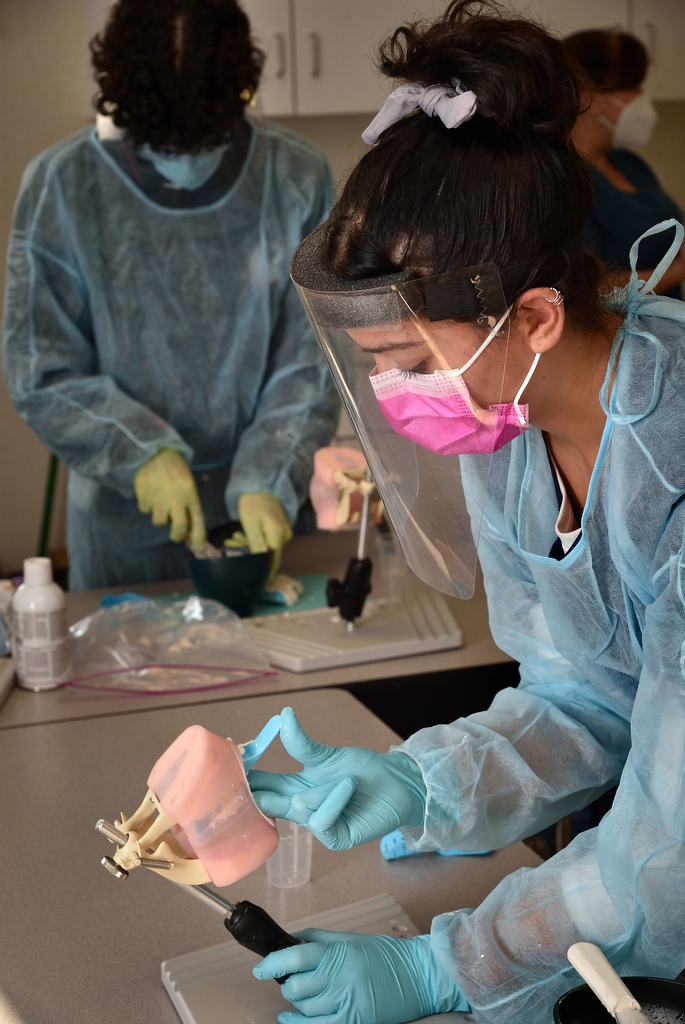
Photo by Steven Georges/CUSD Insider
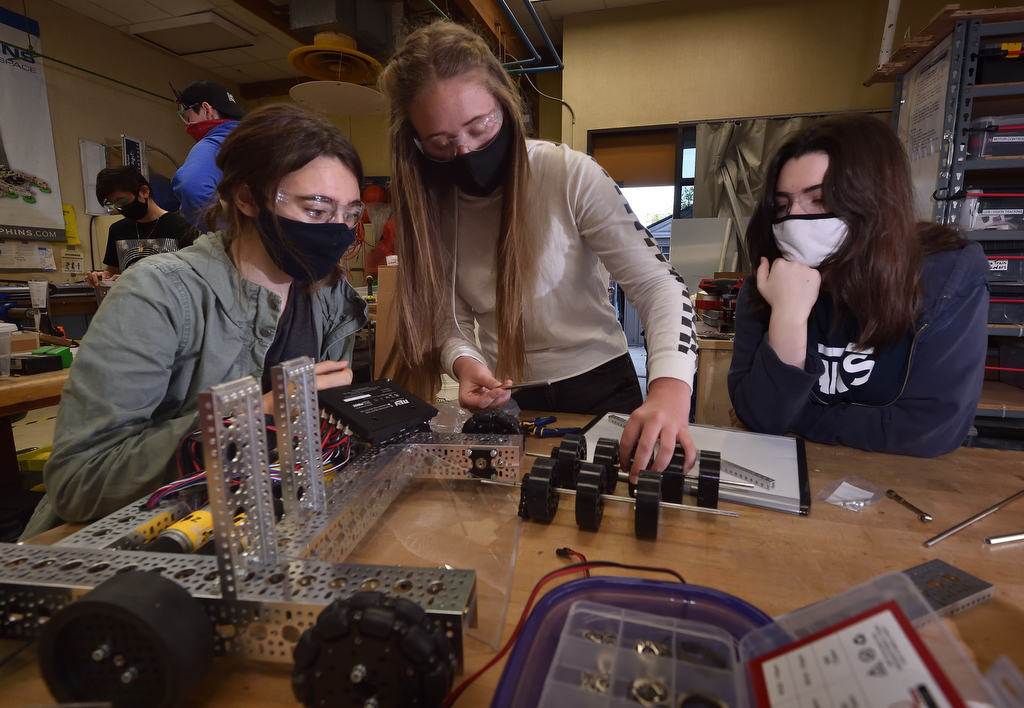
Photo by Steven Georges/CUSD Insider
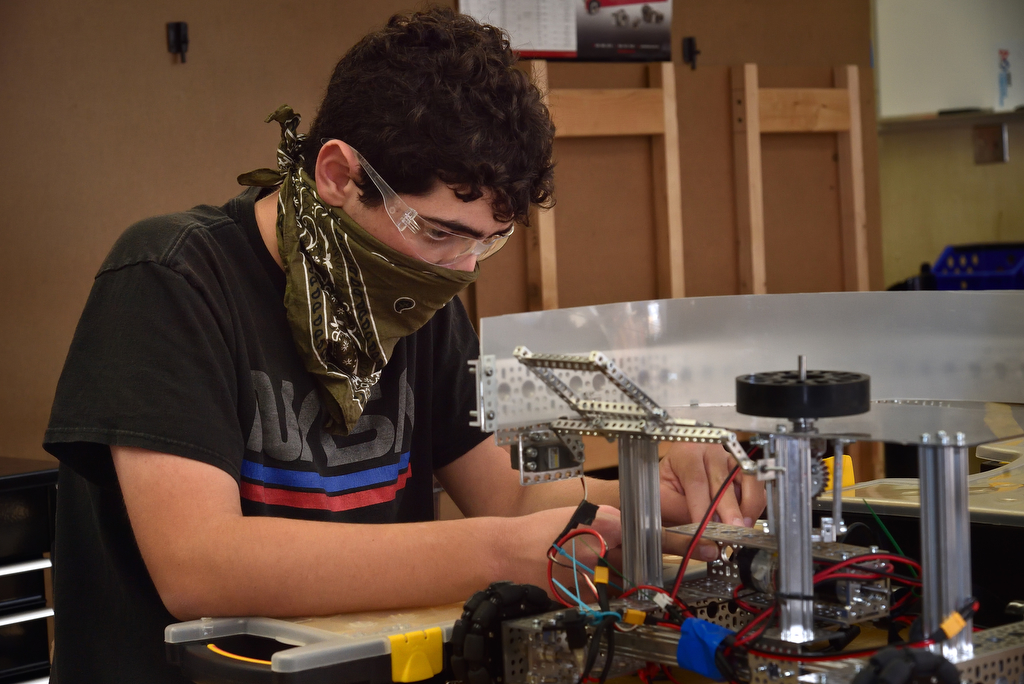
Photo by Steven Georges/CUSD Insider
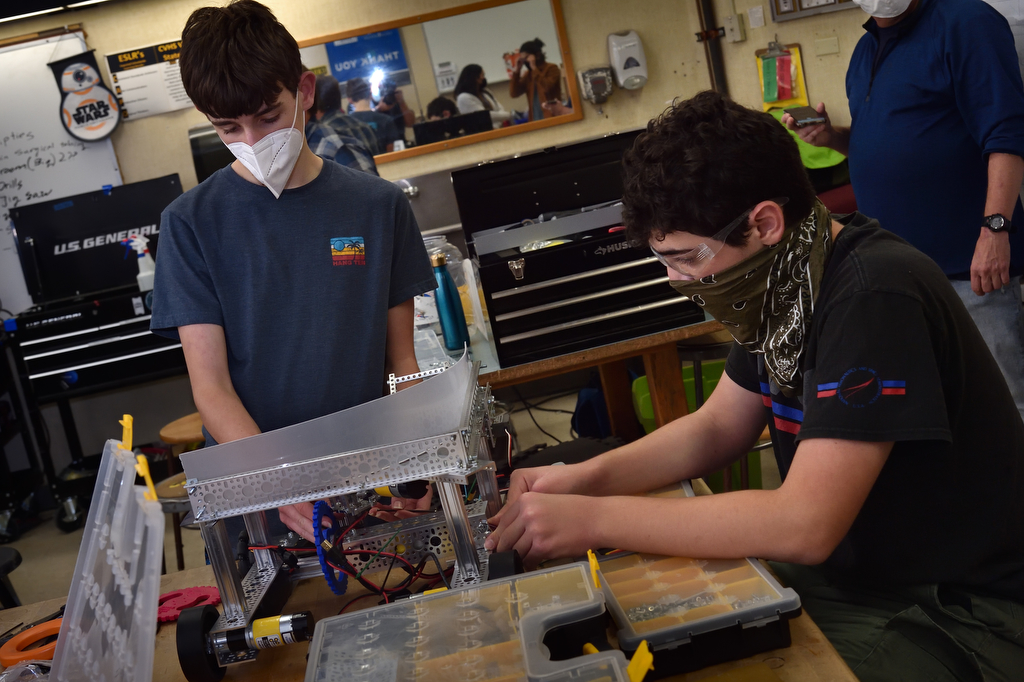
Photo by Steven Georges/CUSD Insider

Photo by Steven Georges/CUSD Insider
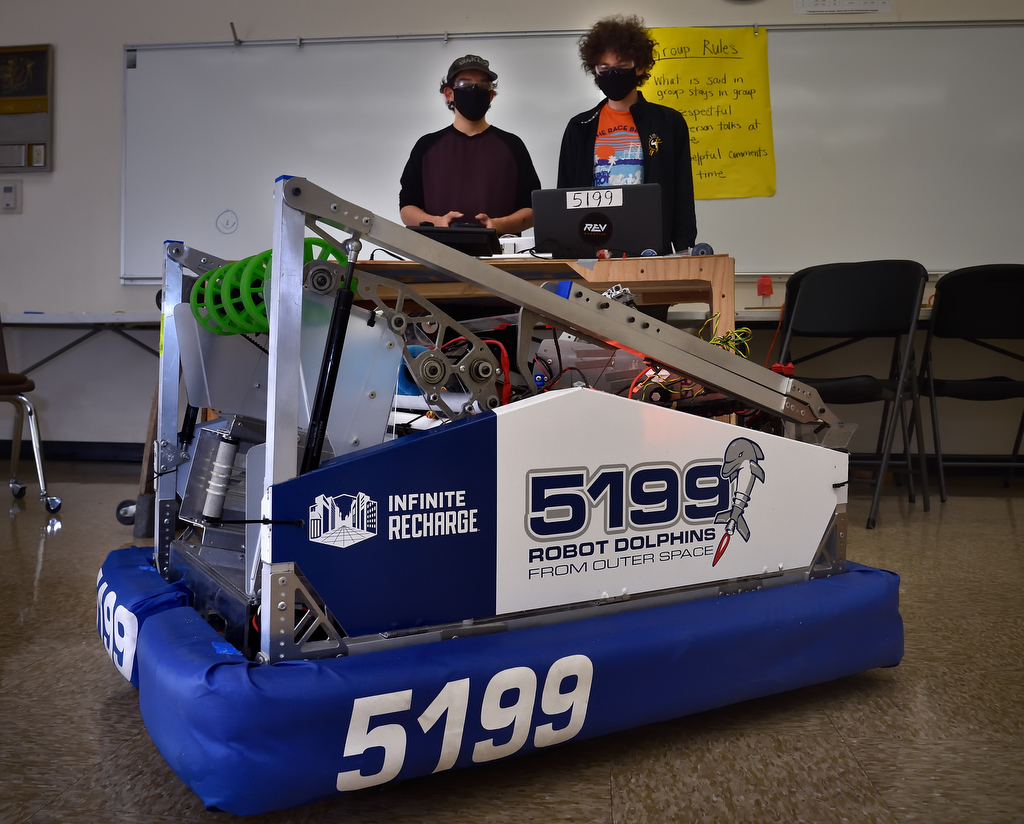
Photo by Steven Georges/CUSD Insider

Photo by Steven Georges/CUSD Insider
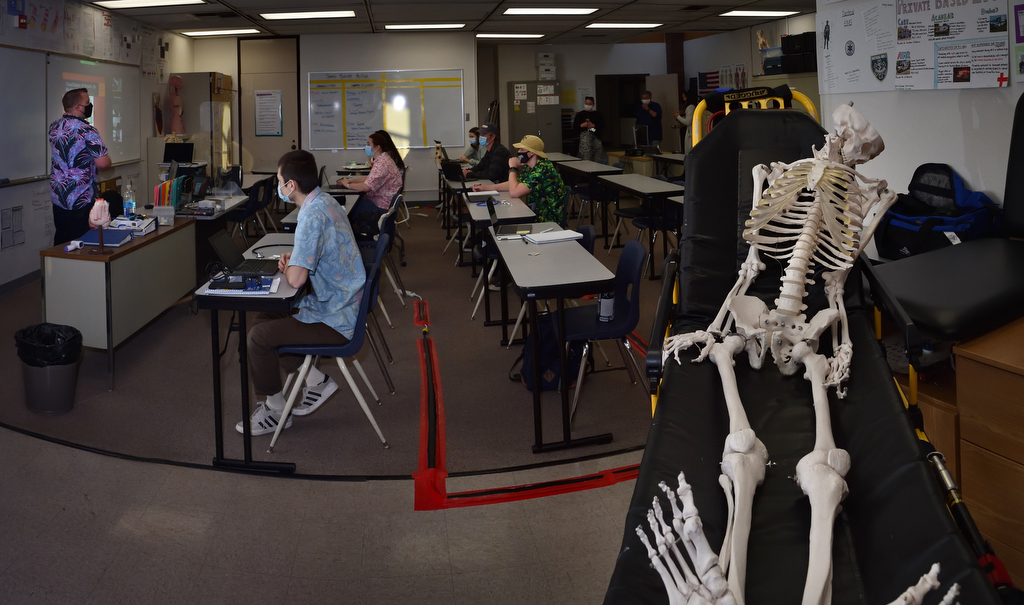
Photo by Steven Georges/CUSD Insider

